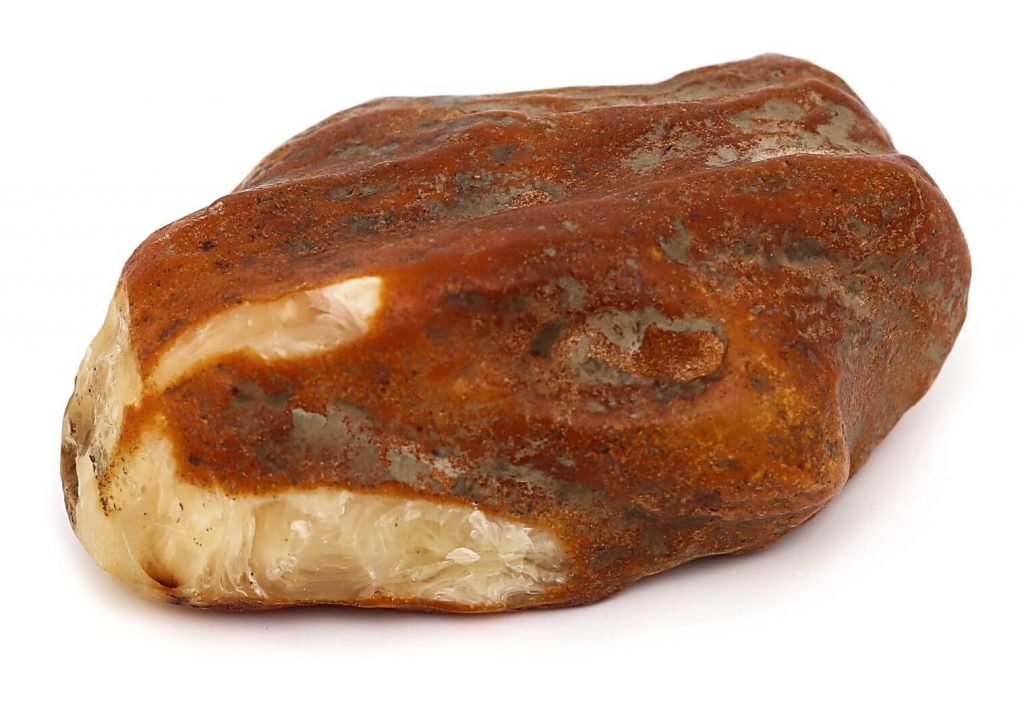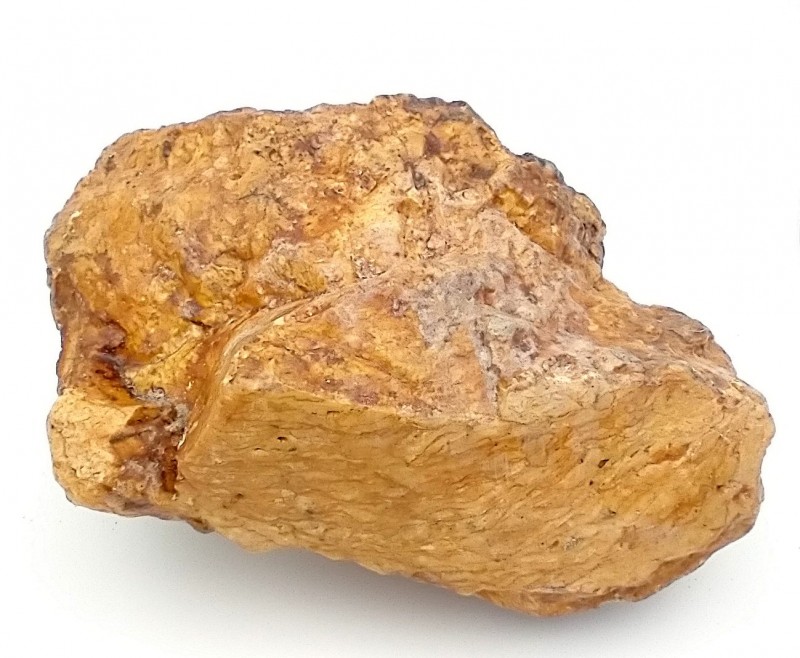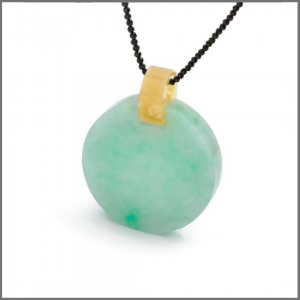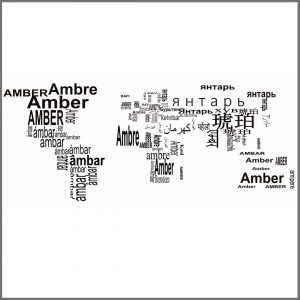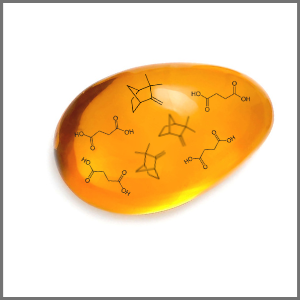There are many beautiful amber nuggets on the market. They come from amber fishermen, mines, sellers or collectors. But there is also a lot of imitations sold as natural stones, often at very high prices.
Dishonest sellers can easily deceive those who don’t have an advanced specialised knowledge about amber.
You probably know the basic methods of checking the authenticity of Baltic amber at home:
- floating in salt water (density)
- test with UV light (fluorescence)
- hot needle test (the specific unique smell of amber)
- acetone test (dissolving)
These mostly destructive methods can work when basic fakes and imitations of amber are made of copal or synthetic resins.
But what about other more advanced imitations?
In our many years of practice we came across much more sophisticated imitations. Their density, fluorescence and other physical properties are often quite similar to those of Baltic amber.
It is not uncommon to see nuggets made of a mix of synthetic resins in casts of real amber lumps.
The advanced ones are chiseled, sandblasted and colored. For a better effect, the blocks are covered with a layer of baked amber dust.
What else have we noticed?
Lumps made of amber carefully engineered by people, rather than nature.
- Pressed from amber dust or tiny pieces, glued from two or three different smaller solids.
- There are also lumps cracked into several pieces and bonded with glue.
- We also find hydrothermally treated amber stones to imitate the natural white ones.
Only a set of scientific gemmological techniques combined with specialised knowledge and experience will reveal the evidence of a forgery.
AMBER EXPERTS are here for you to protect your peace of mind and your investment.

